Austrian cutting-edge 3D printing solutions manufacturer GENERA launches their new G1/F1 system developed and patented for eyewear production, alongside Mission Eyewear, a platform that aims to decentralize the manufacturing process of 3D printed eyewear.
Mission Eyewear will allow opticians to download and 3D print high-quality glasses frames on demand, right in their stores. This is made possible by the GENERA G1/F1 DLP 3D printer and post-processing system, used in conjunction with specially developed liquid resins from Henkel (known as “Digital Acetate”).
GENERA and the Mission Eyewear labels will be showcasing their innovative solutions at SILMO 2023, taking place in Paris from September 29th to October 2nd.
“The dental market has already been digitized and now we, at GENERA, aim to bring digital manufacturing to the opticians and eyewear market. Therefore, we are excited to introduce the G1/F1 system and Mission Eyewear to the public at SILMO 2023,” explains Dr. Klaus Stadlmann, CEO of GENERA.
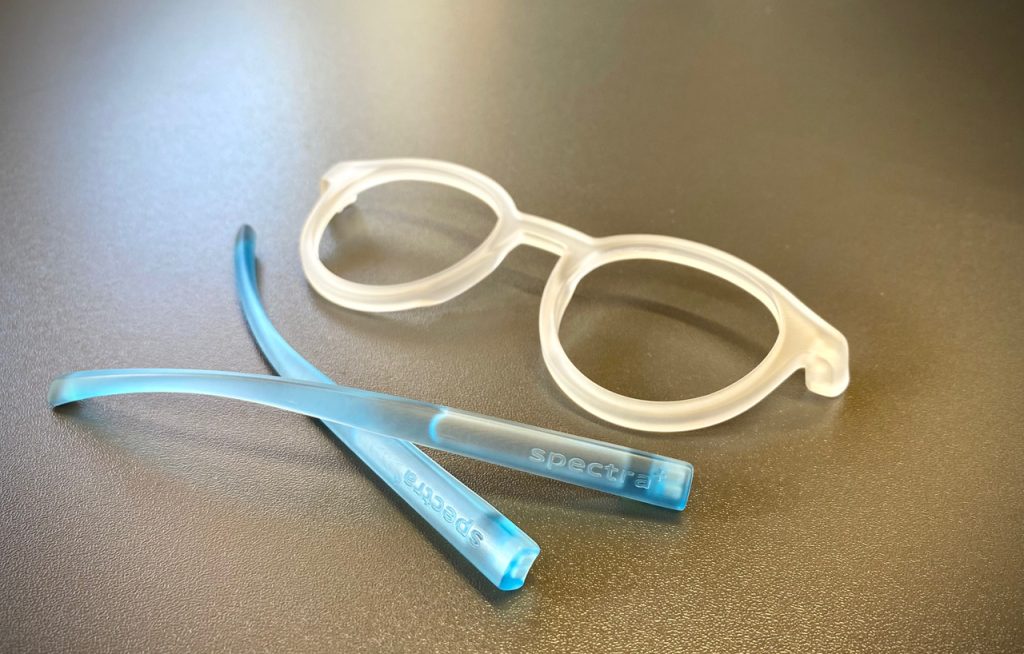
The future of on-demand eyewear manufacturing
When Neil Armstrong jumped from the last rung of the Apollo 11 landing module on July 21, 1969, his first words were “One small step for a man – one giant leap for mankind”. This sentence became a synonym for the beginning of a new era, and this is certainly what GENERA is offering with Mission Eyewear.
From the first eyeglasses invented in 1240, to the AO FG-58 sunglasses used by astronauts landing on the moon, the eyewear industry has come a long way. Current eyewear developers and opticians use modern Computer Aided Design (CAD) tools to design and develop eyeglass frames. Therefore, incorporating additive manufacturing techniques into this process, and thus opening up new possibilities in design, customization and on demand manufacturing, is the next logical step.
By combining Henkel’s “Digital Acetate” with GENERA’s G1/F1 system, a new era in eyewear manufacturing emerges: The production of digital collections on-demand and fully automated right in the store.
Additionally, GENERA’s new 3D printing offering can create products with perfect transparency and translucency in brilliant colors. This is certainly a “giant leap” for the 3D printed glasses industry.
“Until now, decentralized production of 3D-printed eyewear was not possible,” comments Bieke Hoet of Cabrio Eyewear. “We know from our customers that brilliant colors and transparency are important to them. Perfect surfaces are also a decisive factor. For us, the ideal situation would be that the optician, as a specialist, is able to produce our designs directly on site. He can therefore make customer-specific adjustments directly at the point of sale and thus create the ideal glasses for his clientele.”

Mission Eyewear – decentralizing 3D printed eyewear production
The principle behind Mission Eyewear is extremely simple: eyewear designs provided digitally by renowned eyewear labels are made available to download for opticians.
The kit consists of a production file the optician can download from the label’s website. The optician can then 3D print the frame on site in their store using GENERA’s G1/F1 technology, and finalize the frame with the parts provided by the label, such as temples and hinges, if needed.
A major advantage, which enables in-shop production, is that the entire workflow is automated and only requires minimal manual interaction. The G1/F1 system includes an RFID tagged cartridge system, with each material having its own designated cartridge. The system automatically identifies the cartridge and the material, selecting accordingly the optimal production parameters.
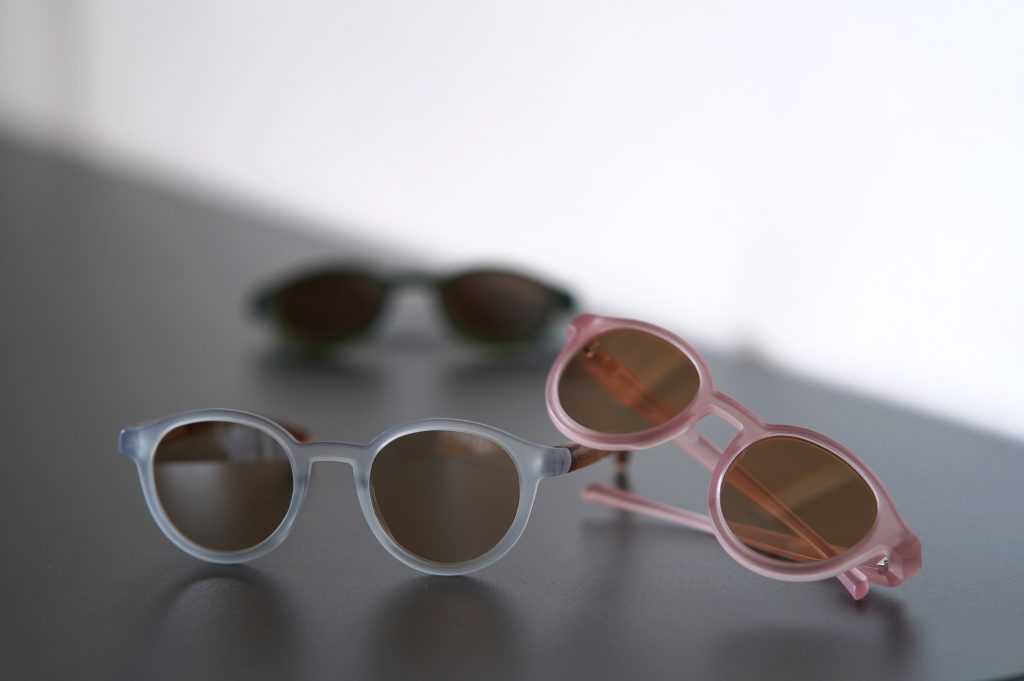
“The big advantage for the optician is that the automated GENERA manufacturing process means that all production steps are documented. This means that the optician is merely a duplicator and not a direct producer,” states Carmelo Di Termini of RAYDIENT. “Opticians can also significantly increase their customer loyalty and distinguish themselves from other opticians through the special collection.”
With full control over the production process, opticians are able to respond quickly and easily to customers’ desires, eliminating the need for external warehouses or unpredictable supply chains, allowing frames to be produced on demand.
What’s more, customers can design and customize their own eyewear through the online tool offered by GENERA’s partner YourEyewear (YE).
GENERA and Henkel’s manufacturing and material concept is capable of producing up to 100 frames per week, perfect for meeting the requirements of opticians.
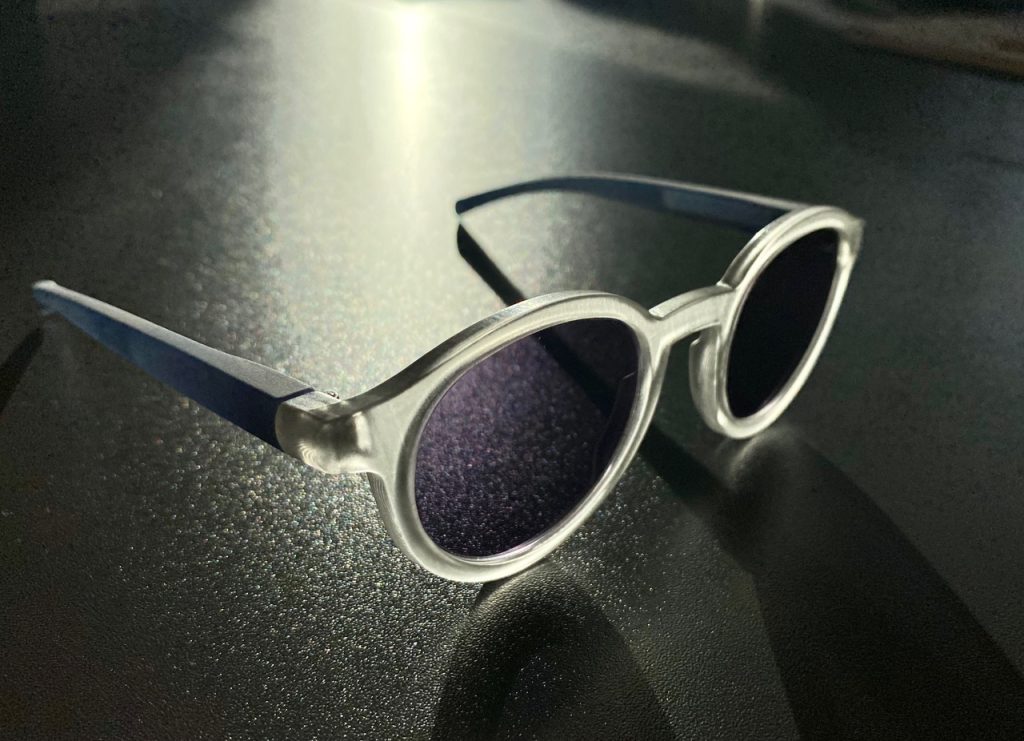
3D printing glasses with GENERA’s DLP technology
Until now, 3D-printed eyewear has always presented the same boring results. Laser-sintered frames that are opaque due to the production process and appear in matte colors. The production of more filigree frames is almost impossible using laser-sintering processes.
“Although the technology is well-established, it is extremely time-consuming in terms of post-processing, and the use of powder for decentralized in-shop production at opticians or small-batch production at eyewear labels (test frames) is not practical,” says Dr. Stadlmann.
This is where GENERA’s 3D printing technology comes in. With its G1/F1 system, GENERA is able to produce a range of structures and geometries from liquid resin using the digital light processing (DLP) process.
The G1 employs DLP technology to achieve layer-by-layer 3D printing of the frame. Once printing is finished, the frame is automatically stored in the shuttle, which is then inserted into the F1 for automated post-processing. Within the F1, the frame undergoes cleaning in specially designed secure-use cleaning tanks, followed by curing in an inert atmosphere to ensure exceptional results.
“Technologically, the system combination is based on our industrial production systems (G2/F2 and G3), which are already used in the series production of spectacle frames by Spectra+ for world famous labels,” Dr. Stadlmann explains. “There, specially certified liquid resins from our material partner Henkel are used to produce spectacle frames that not only meet all spectacle standards but also herald a new era in terms of transparency, translucency and color brilliance, thus setting new standards. We call this new class of materials – “Digital Acetate.”
The G1/F1 system is also optimized for in store use, and is perfectly suited to every optician’s workshop or directly in the sales area. It offers a high level of operating convenience, a clean process, a cartridge system and the same print quality as GENERA’s industrial systems. Special furniture for opticians, to optimize storage and workflow, is also available for the G1/F1 system.
GENERA’s commitment to a complete, clean and repeatable workflow from software to print to post-process to finished part
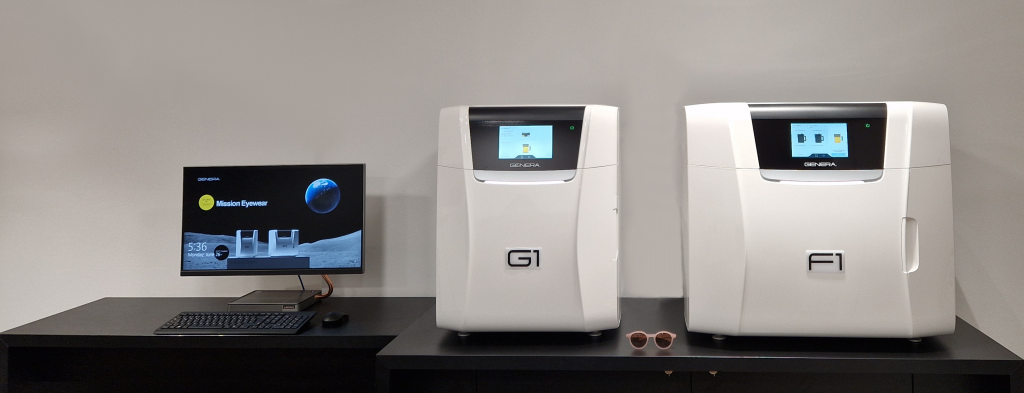
Scalability
Of course, eyewear labels and opticians also have the option of scaling up their production runs to larger quantities of up to several thousand. For this purpose, GENERA has collaborated with the manufacturing service Spectra Additive. Spectra+ uses the G2/F2 industrial 3D printing system to print frames in large volumes.
Spectra+ has specialized in the manufacturing of eyewear using the GENERA DLP technology.
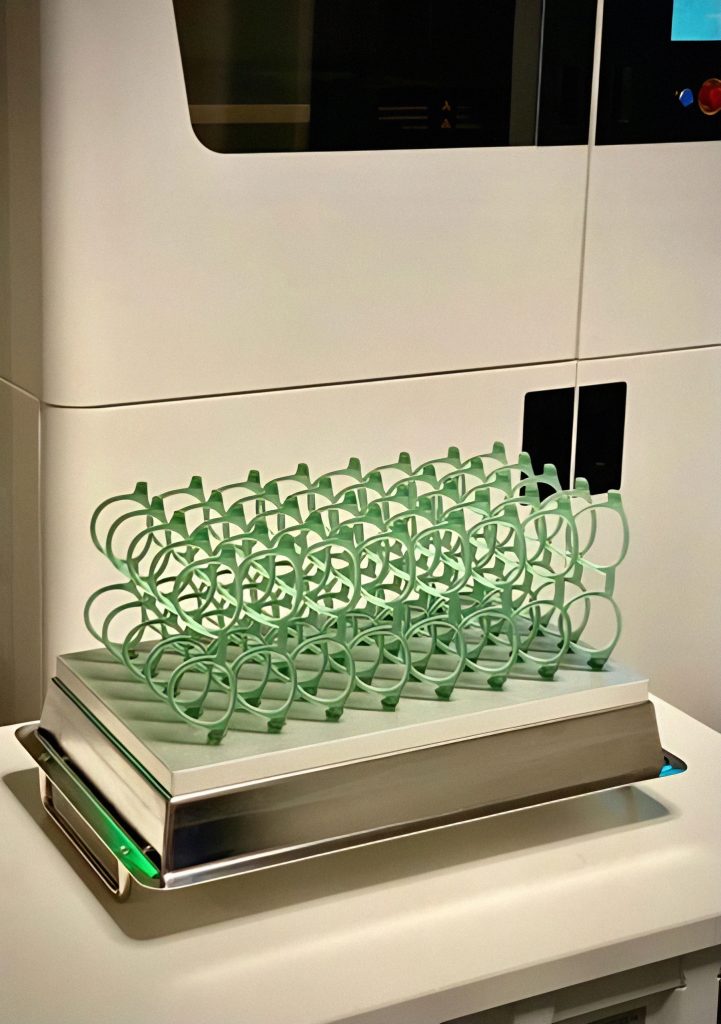
Florian Fischer, CEO of Spectra+, explains “We come from industrial additive manufacturing and know what matters in terms of quality and sustainability. This knowledge has been incorporated into the manufacturing concept. We use systems from GENERA in our company that are identical in functional principle to the G1/F1 system. However, our G2/F2 production systems are larger and fully automated, which enables us to produce large quantities efficiently.”
“However, the manufacturing principles are identical, resulting in the same high quality, whether the glasses are created on our large production machines or directly on demand in the optician’s store. Laser sintering was yesterday,” continues Fischer.
Ultimately, it is clear that a whole new world of colors is being created for Mission Eyewear and the partner labels. Perhaps the next “small step that leads to the big leap”. For customers however, one thing is already clear: future eyewear owners can expect a new era of design, materials, brilliant colors, unique transparency and translucency in their 3D printed eyewear.
Subscribe to the 3D Printing Industry newsletter to ensure you keep up with the latest 3D printing news. You can also follow us on Twitter, like our Facebook page, and subscribe to the 3D Printing Industry Youtube channel to access more exclusive content.
Are you interested in working in the additive manufacturing industry? Visit 3D Printing Jobs to view a selection of available roles and kickstart your career.
Featured image shows GENERA’s new G1 and F1 3D printing and post-processing system. Photo via GENERA.


